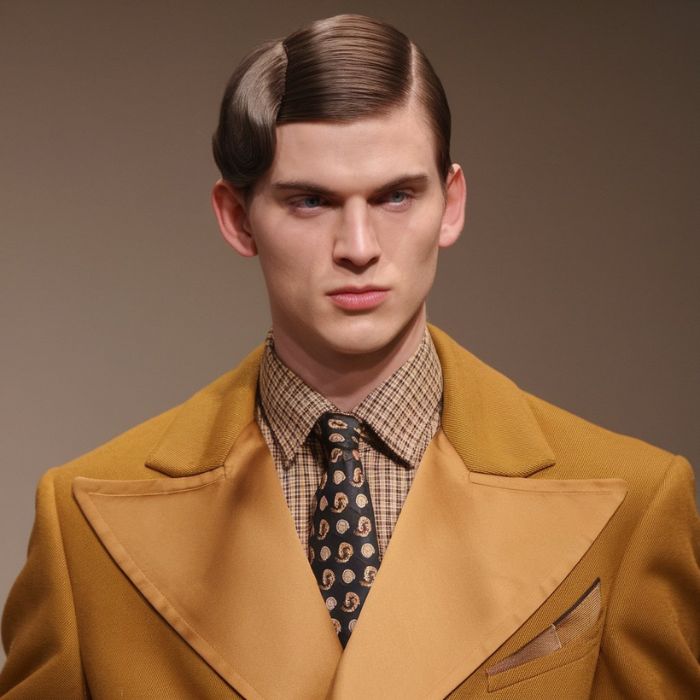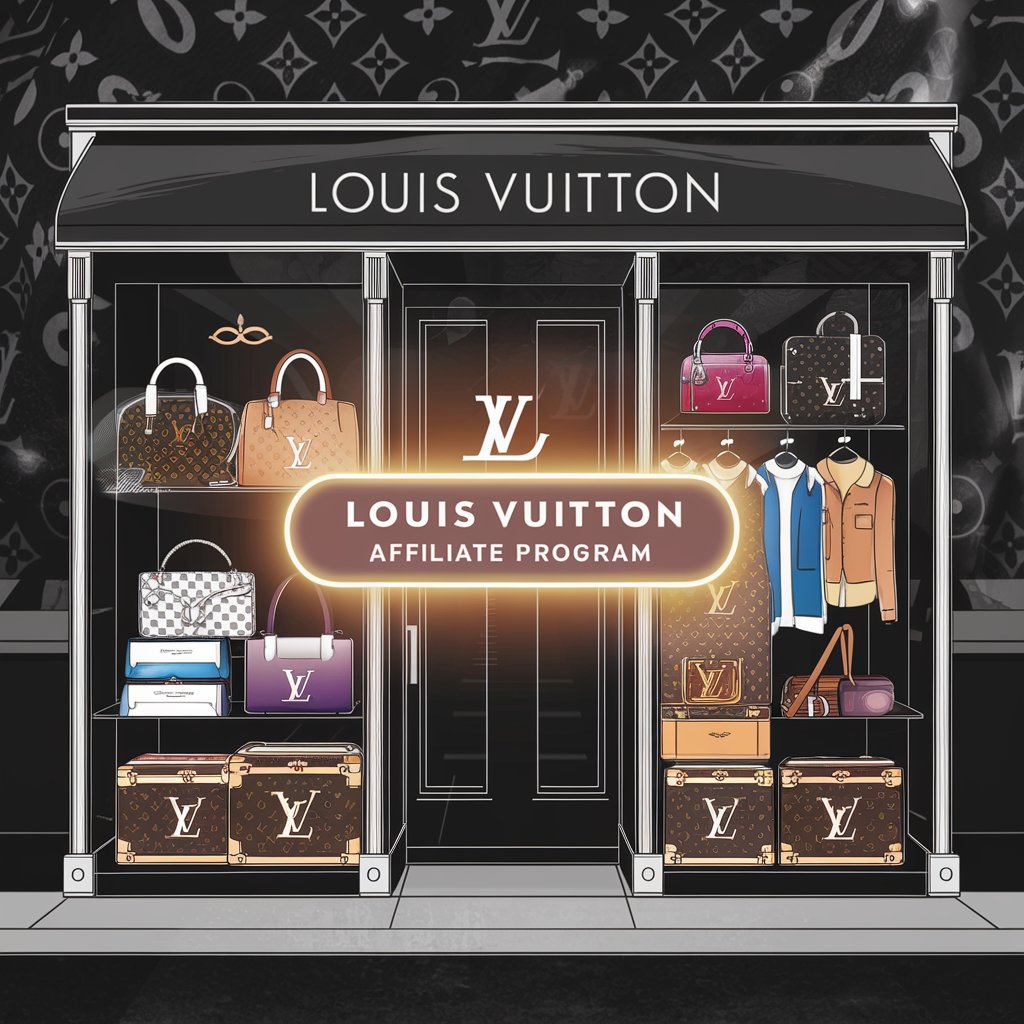The male Fashion in the 1960s marked a turning point in male fashion, blending tradition with rebellion. During this transformative decade, men’s fashion evolved rapidly, embracing bold colors, unique patterns, and new silhouettes. As society underwent significant cultural and social changes, male fashion followed suit, reflecting the era’s desire for freedom and individuality. Explore the iconic trends, key influences, and lasting impact of 1960s male fashion, showcasing how it shaped modern style.
The Beginning of a Fashion Revolution
In the early 1960s, male fashion retained some elements of the conservative 1950s. However, the desire for change was palpable, and the youth quickly began to reject conventional styles. Traditional suits, which dominated the previous decade, gradually evolved to feature slimmer cuts and more vibrant colors. Tailoring remained important, but the focus shifted towards a more relaxed and youthful look. This shift represented the beginning of a fashion revolution, where men sought to express their individuality through their clothing choices.
The British Invasion: Mod Fashion Takes Over
The British Invasion wasn’t just about music; it also significantly influenced male fashion. The Mod (short for Modernist) movement, originating in London, played a crucial role in defining 1960s style. Mod fashion embraced sleek, tailored clothing, often featuring bold colors and geometric patterns. The iconic Mod look included slim-fitting suits, narrow ties, and button-down shirts, often paired with Chelsea boots. Accessories such as sunglasses and stylish hats completed the ensemble. The Mod style represented youth, energy, and a departure from the old norms, making it a symbol of rebellion and sophistication.
The Rise of the Counterculture: Hippie and Psychedelic Fashion
As the decade progressed, the counterculture movement gained momentum, bringing with it a new wave of fashion trends. The Hippie movement, born out of the desire for peace and love, introduced a more relaxed and unconventional style. Men began to wear loose-fitting, bohemian-inspired clothing, often featuring vibrant, psychedelic patterns. Tie-dye shirts, bell-bottom trousers, and fringed jackets became staples of this look. The Hippie style emphasized freedom, comfort, and a connection to nature, directly opposing the structured and tailored styles of the earlier 1960s.
Pop Culture Icons: The Influence of Music and Film
Pop culture had a profound impact on male fashion in the 1960s. Music and film stars became style icons, setting trends that would be emulated by men worldwide. The Beatles, with their Mod-inspired suits and later, their psychedelic attire, influenced millions. Similarly, actors like Steve McQueen and Sean Connery embodied a rugged yet sophisticated look that many men aspired to. These icons showcased the versatility of 1960s fashion, from the polished elegance of Mod suits to the relaxed, rebellious vibe of counterculture clothing.
The Transition to Casual Wear: The Birth of the T-Shirt
By the late 1960s, the rise of casual wear marked a significant shift in male fashion. The T-shirt, once considered an undergarment, emerged as a fashion statement. Men began to pair T-shirts with jeans, creating a casual yet stylish look that would become a timeless classic. This transition reflected the era’s growing emphasis on comfort and practicality, as well as the influence of the youth culture. The casual style represented a break from formality, signaling the beginning of a more relaxed approach to fashion.
The Influence of Global Trends: A Blend of Cultures
The 1960s were a decade of global exploration, and this was reflected in male fashion. The growing interest in Eastern cultures introduced new elements into Western wardrobes. Nehru jackets, inspired by Indian traditional clothing, became popular, symbolizing a blend of Western and Eastern styles. Additionally, African prints and patterns began to make their way into mainstream fashion, adding diversity and vibrancy to the decade’s fashion palette. These global influences enriched 1960s male fashion, creating a unique fusion of styles that celebrated cultural diversity.
The Legacy of 1960s Male Fashion
The impact of 1960s male fashion can still be seen in today’s style. The decade’s emphasis on individuality and self-expression paved the way for modern fashion trends. The slim-cut suits, bold patterns, and casual wear that emerged during this period remain popular choices in contemporary fashion. Moreover, the spirit of rebellion and creativity that defined the 1960s continues to inspire designers and fashion enthusiasts alike. The legacy of 1960s male fashion is not just about clothing; it’s about the freedom to express oneself through style.
Conclusion
The 1960s were a defining era for male fashion, characterized by bold experimentation and a break from tradition. The decade’s styles, from the tailored Mod look to the free-spirited Hippie fashion, reflected the cultural shifts of the time. Pop culture icons played a significant role in shaping trends, while global influences added depth and diversity to the fashion landscape. The 1960s left a lasting impact on male fashion, inspiring future generations to embrace creativity, individuality, and a sense of style that transcends time.











